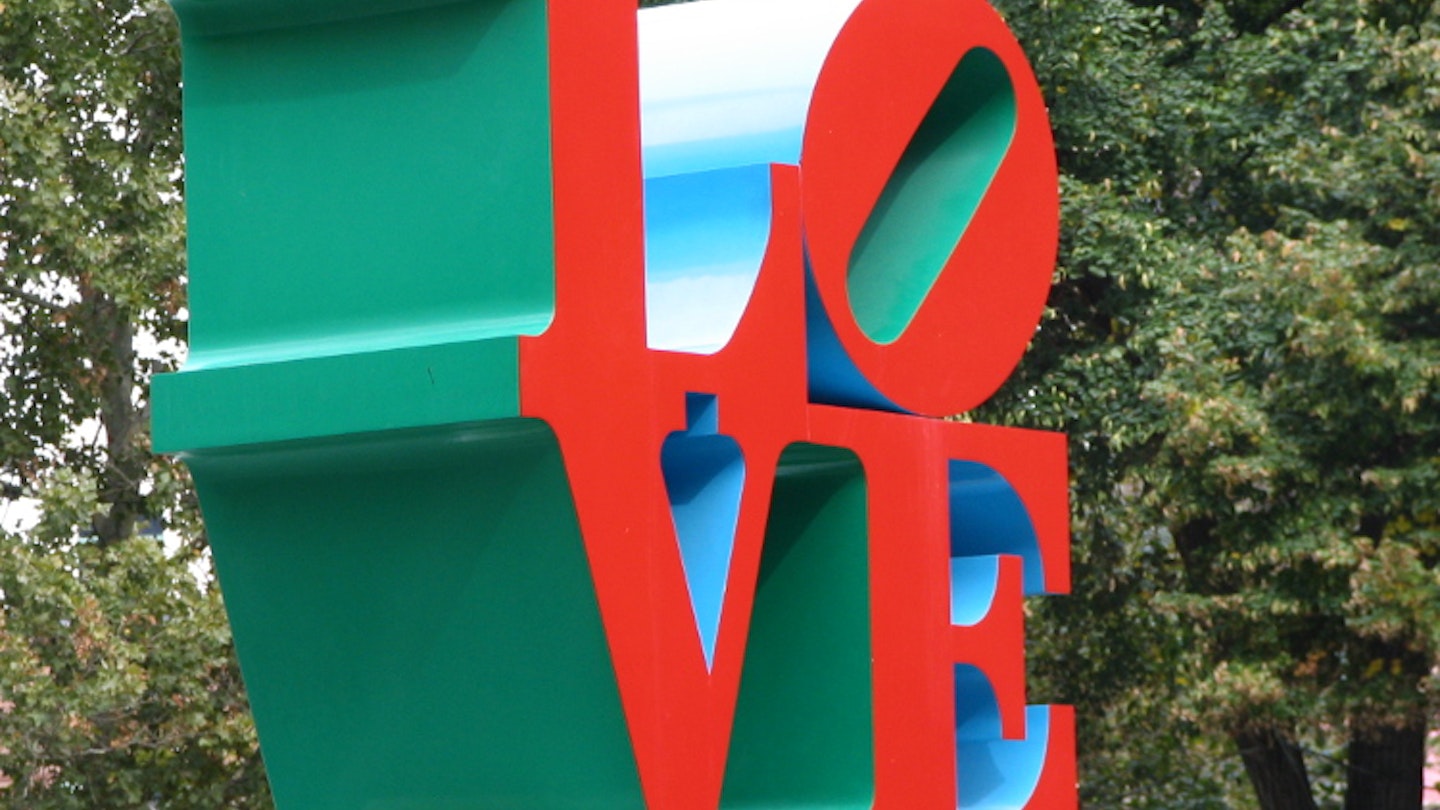Philadelphia pride comes in many forms – food, sports (wobegone or victorious), and the Liberty Bell; however, this city deserves just as much attention for its vibrant arts scene.
From the classical to the idiosyncratic; from august institutions to gritty graffiti-scrawled streets – Philly’s creative side is everywhere.
A Riot of Rodin
The Benjamin Franklin Parkway in Philadelphia is perhaps the surprising location for one of the largest collections of Rodin sculptures outside Paris. The Rodin Museum opened in 1929 and was the result of one man’s passion for the French sculptor. While making a grand tour of the Old Country in 1923, Jules Mastbaum, a Philadelphia cinema magnate, noticed a small piece of sculpture in a store window. By the time he died only three years later, the entrepreneur owned more than 200 Rodin sculptures and hundreds of drawings and casts. Even after an extensive renovation, the Beaux-Arts museum looks much like it did when it opened. A few highlights are the first bronze cast of the monumental Gates of Hell inspired by Dante’s Divine Comedy, two versions of The Thinker, and the Three Shades.

Renaissance to Renoir: Master Paintings in Philly
One cannot deny that the Philadelphia Museum of Art (PMA) has a blockbuster opening. The grand stairway that was immortalized when Sylvester Stallone ran up the steps in the 1976 movie Rocky leads to an indoor staircase topped with a spectacular gilded Diana statue. Inside, the third largest art museum in the country has no shortage of masterworks. They range from Cy Twombly’s conceptual series of paintings to a gallery full of Thomas Eakins. Notably, there is an impressive collection of Impressionist masterpieces in the city: both the PMA and the Barnes Foundation have Cezanne’s The Large Bathers. The latter also features works by artists such as Renoir, Van Gogh, Matisse, Picasso, Modigliani, and even El Greco. Matisse’s Dance is a monumental work commissioned specifically by Barnes himself. Additionally, the Pennsylvania Academy of the Fine Arts boasts more Eakins, along with works by Mary Cassatt, Winslow Homer, Edward Hopper, and one of Charles Willson Peale’s more playful and curious paintings, The Artist in His Museum.

Philadelphia’s Own: Thomas Eakins
Born, bred, and buried in Philly, Thomas Eakins (1844–1916) is one of the city’s prodigal sons and a founding figure of Philadelphia’s artistic legacy. However, like many Americans before and after, he found creative inspiration in Europe. After several years of study in Paris, Eakins returned home with a newfound appreciation for the nude form. This, combined with a polymath’s interest in science and anatomy, is apparent in many of his most famous works, including The Crucifixion, which is on display in the Philadelphia Museum of Art. Eakins began as a student at the Pennsylvania Academy of the Fine Arts (PAFA), later becoming a teacher and ultimately the school’s director in 1882. While his moody and unglamorous portraits may seem conventional, his teaching method was innovative: Eakins used both early photography and surgical dissection to study the human form, leading to his eventual resignation for allowing female students to see and draw naked men.

Public and Street Art
Philadelphia has a long history of civic-sponsored ‘open-air’ art. The world’s largest free-standing sculpture atop a building stands tall on City Hall. The enormous William Penn statue was crafted by Philly’s adopted son, Alexander Milne Calder. In total, three generations of Calder sculptors have contributed to the urban landscape: Alexander Milne, Alexander Stirling, designer of the Swann Memorial Fountain, and possibly the most well-known, Alexander Calder, whose Ghosts mobile hangs in the Philadelphia Museum of Art. In recent years, Robert Indiana’s Love sculpture on JFK Plaza has become a popular landmark.

Contemporary works worth checking out include Paint Torch by Claes Oldenburg and Jordan Griska’s Grumman Greenhouse. Both share the plaza outside the Pennsylvania Academy of Fine Arts. Consequently, driven by organizations like the Mural Arts Program and the Association for Public Art, and with a focus on neighborhood revitalization, much of the city has been transformed into a canvas. Several thousand works by local graffiti and mural artists now adorn formerly gritty industrial buildings and brick-walled homes. The Mural Arts Program runs excellent walking and subway tours of the city’s murals.
Where to Buy Art
The majority of art galleries are centered around the Old City district. A few of the best-known include Locks, Snyderman Works, and the Wexler Gallery; Clay Studio is renowned for its ceramics. Vox Populi is a throwback artist’s collective with a gallery space that feels like a scene straight out of HBO’s Girls. Members pool funds so each can stage a yearly exhibition. Critically respected Fleisher Ollman showcases self-taught artists, most famously Henry Darger.
This article was originally published in 2015 and updated in 2018.




